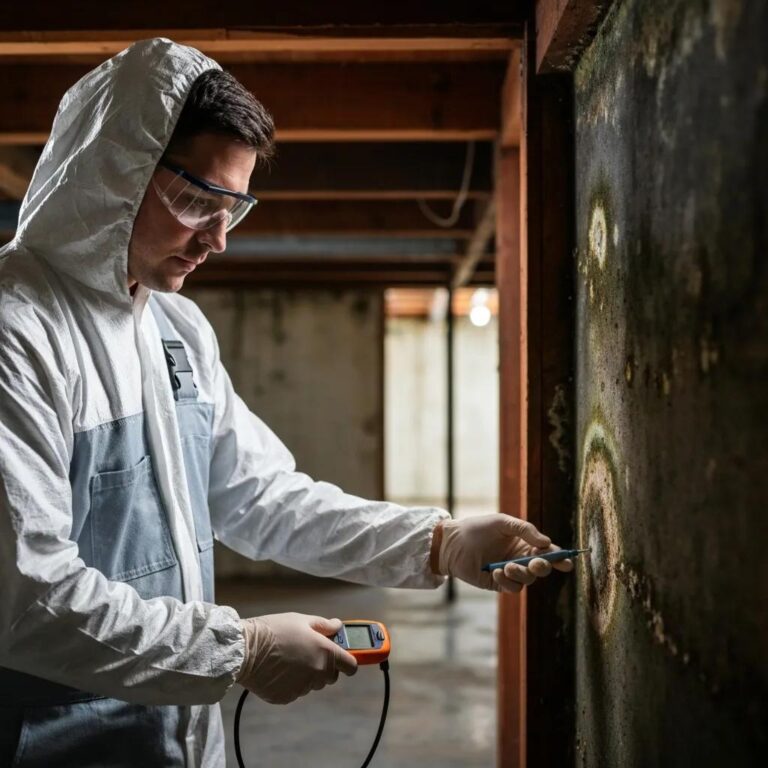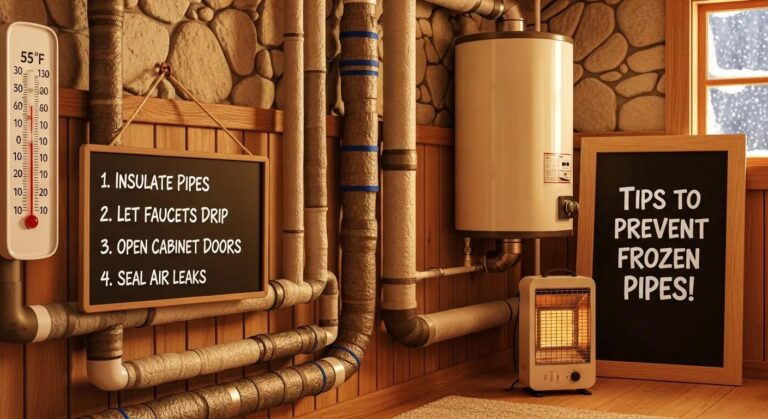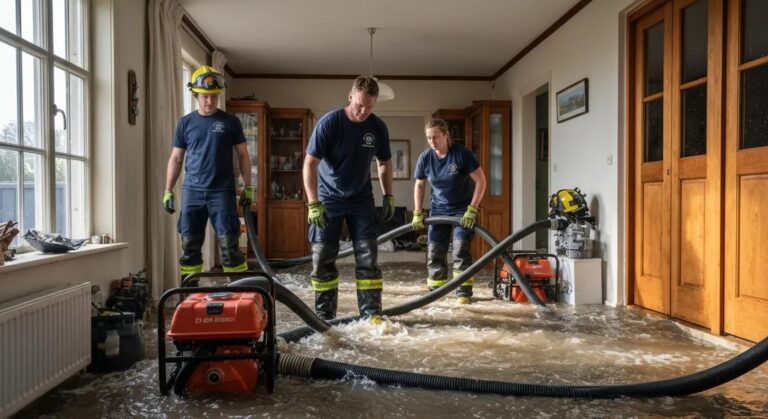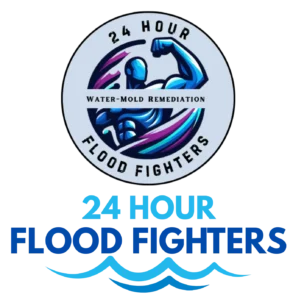The Hidden Dangers: Health Risks of Mold in Your Home

Mold might be out of sight, but it should never be out of mind. It thrives in damp, humid environments—and your home could be the perfect breeding ground. Beyond its unpleasant smell and appearance, mold poses serious health risks, especially when left untreated. In this blog post, we will look at the hidden dangers of mold in your home. We will discuss the symptoms of mold exposure and how to keep your family safe from this silent threat.

What Is Mold and Why Should You Worry?
Mold is a type of fungus that spreads through airborne spores. It loves moisture, making areas like bathrooms, basements, kitchens, and anywhere with water damage particularly vulnerable.
While not all mold is toxic, certain types like black mold (Stachybotrys chartarum) release mycotoxins that can cause a range of health problems. Even non-toxic mold can still trigger reactions in sensitive individuals.
Top Health Risks of Mold in Your Home
1. Respiratory Problems
Mold spores can irritate the lungs and airways. This is especially concerning for individuals with asthma, COPD, or other respiratory conditions.
Symptoms include:
Persistent coughing
WheezingShortness of breath
Chest tightness
2. Allergic Reactions
Mold is a powerful allergen. Even minimal exposure can result in severe reactions in people with mold allergies.
Common allergic reactions:
Sneezing
Runny nose
Red, itchy eyes
Skin rashes
3. Asthma Attacks
For those with asthma, mold exposure can trigger intense and sudden attacks. Children with long-term exposure to mold are also at higher risk of developing asthma.
4. Toxic Mold Syndrome
Exposure to toxic mold, like black mold, may lead to more serious issues known as mycotoxicosis.
Black mold symptoms can include:
Chronic fatigue
Headaches
Memory loss
Mood swings
Nausea
5. Weakened Immune System
Mold exposure can be dangerous for immunocompromised individuals, increasing the risk of respiratory infections, fungal infections, and other complications.
Who’s Most at Risk from Mold Exposure?
Infants and young children
Older People
People with asthma or respiratory conditions
Those with weakened immune systems
Allergy sufferers
How to Spot Mold in Your Home
Not all mold is visible. Here are some signs you might have a mold problem:
Musty, damp odors
Discolored walls, ceilings, or floors
Warped drywall or wood
Frequent allergy or asthma flare-ups indoors
Protecting Your Home and Health
Here are steps you can take to minimize the dangers of mold in your home:
Fix leaks and water damage immediately
Use dehumidifiers in damp areas
Ensure proper ventilation in bathrooms and kitchens
Regularly inspect and clean HVAC systems
Consider professional mold inspection and remediation
Final Thoughts
Mold in your home is more than just an inconvenience—it’s a potential health hazard. Understanding the health risks of mold exposure is important. Taking steps to prevent mold can help keep your home safe and healthy for you and your family.
If you suspect a mold problem, don’t ignore it. Early action can prevent costly damage and protect your long-term health.
Essential Mold Health & Cleanup Resources
🏠 EPA: Mold Basics
Offers clear advice on what mold is, how it grows and basic clean up.
🧑⚕️ CDC: Mold and Health
Discusses the health effects of mold exposure and who is at greater risk.
🧽 NIH: Mold Cleanup in Home
Gives practical tips on cleaning mold and protecting your home in the process.
🧪 HUD: Controlling Mold Growth
A downloadable guide on tips for moisture control and maintenance
Expains mold related allergies and tips to reduce expsosure for sensitve individuals






